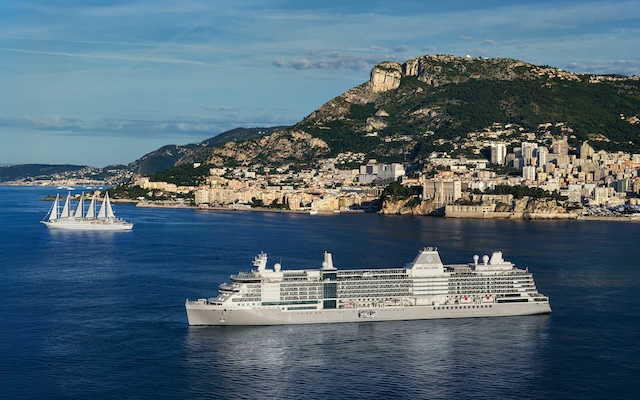Outbound travel data and projections show continued appetite for exploration and tourism.
Asia-Pacific is riding a wave of outbound travel recovery, with the demand for international trips climbing steadily after the region’s pandemic pause, and a slower restart compared to other parts of the world.
The trend is seen across most of the region and is driven by expanding flight availability, faster visa approvals, and strong economic recovery in key markets.

According to ForwardKeys, outbound travel from Asia-Pacific surged by 35 per cent between January and September 2024 compared to the same period in 2023. This significantly outpaced regions like Europe and the Americas, which saw international travel grow by nine per cent and 18 per cent between January and August 2024 respectively.
Notably, China led the rebound with a 119 per cent increase from January to September, a reflection of the pent-up demand after almost three years of restricted travel.
However, full recovery is not expected until 2025, with current travel numbers about 26 per cent below pre-pandemic levels.
Elsewhere in the region, South Korea, Japan, Australia, and India showed significant year-on-year increases of 35 per cent, 43 per cent, 13 per cent, and 18 per cent, respectively, with the upward trend expected to continue till end-2024.
“This strong recovery in outbound travel is largely driven by the increased availability of flights and streamlined visa processes,” said Oliver Ponti, director of intelligence & marketing at ForwardKeys.
“International scheduled seat capacity departing from Asia-Pacific for the whole year of 2024 is set to increase by 26 per cent compared to 2023, further supporting the growing demand for outbound travel.
“Additionally, the introduction of visa-free, e-visas and visa-on-arrival options, as well as reduced processing times in key destinations make international travel much more accessible,” he continued.
ForwardKeys’ data, which is sourced from aviation bookings and MasterCard spending, revealed other interesting outbound travel trends in Asia-Pacific. Shopping trips have risen 23 per cent increase, while sun-and-beach and nature tourism are experiencing similar growth.
Furthermore, medium-length trips of four to eight nights are hotting up, with year-on-year growth of 20 per cent.
Seeking to capitalise on the trend, destinations have been investing heavily in efforts to attract more visitors, according to Noor Ahmad Hamid, CEO of PATA.
“Many are focusing on high-yield tourists, recognising the importance of maximising value over sheer numbers. Like other industries, tourism is facing a rapidly changing landscape, with several key trends emerging,” he said.
“One of the most significant trends is the growing demand for immersive experiences. Travellers are increasingly seeking deeper connections with nature, local cultures, heritage, or attending events like concerts and festivals.

“In response, destinations are racing to provide seamless travel experiences, such as offering visa-free entry. Such initiatives not only enhance the visitor experience but also have the potential to positively impact a destination’s economic performance,” he added.
Meanwhile, two of Asia’s most watched source markets are presenting contrasting demographic drivers of outbound travel recovery.
According to Jane Sun, CEO, Trip.com Group, China’s senior citizens have become a critical force for outbound tourism. This generation, having benefitted from Deng Xiaoping’s economic reforms, now has both the time and financial resources for extensive travel.
“By 2025, over 100 million Chinese senior citizens will be travelling more often and spending more time abroad, contributing more than one trillion yuan (US$140 billion) to the global tourism economy,” she said.
In contrast, India’s outbound travel is being driven by younger travellers.
“The generations (before) were always saving for the future and for the unknown, creating a reserve. But the current generation just wants to spend and experience life in the now,” explained Puneet Chhatwal, managing director and CEO of Indian Hotels Company.
India also stands out in WTTC’s data on Asia-Pacific’s outbound market. “It is the one economy that outperforms, with outbound spending expected to grow 35 per cent over its 2019 level,” it said in a statement to TTG Asia.
Looking ahead, the WTTC projects a compound annual growth rate of 5.8 per cent for outbound departures from Asia-Pacific between 2024 and 2034. This long-term forecast underscores the region’s growing significance in global tourism, with a clear path toward continued recovery and expansion over the next decade.



















